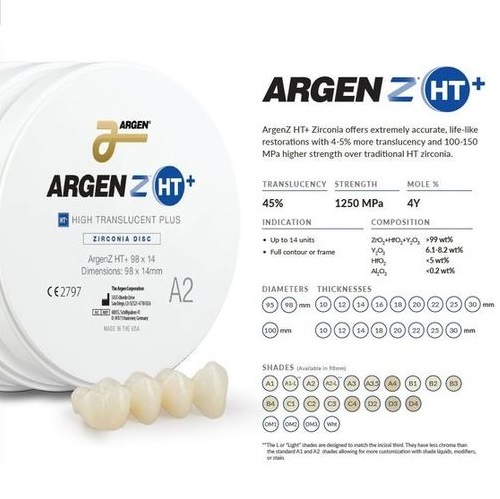

Pure rosemary, thyme, mint, sage, and rose oils are made from plants gathered from rural farms and bottled in basic brown vials. If you are fortunate, owner Mohamed Lougdali will be behind the counter to dispense advice on herbal remedies and suggestions for aromatherapy. Like Nectarome, the store is a tribute to Morocco’s sweeping floral and plant diversity, and its shelves are crammed with essential oils, scented waters, lotions, and serums. For anyone who remembers Kiehl’s when it was a one-room apothecary on Third Avenue in New York City, Herboristerie Firdaous brings the same sense of old-world comfort. I stumbled upon the second place, located in the upper floor of a small building outside the medina, and it was a nostalgic bit of happenstance. Marrakech argan oil Photo: Courtesy of Marcia de Sanctis It is both glamorous and a highly effective workhorse and made from nuts that are endemic to Morocco, making it one of the country’s most visible national treasures. Loaded with vitamin E, fatty acids, and anti-inflammatory properties, argan oil treats scars, acne, eczema, and psoriasis. For the hair, it adds depth and shine to dreary locks.

Deep yellow with a barely perceptible grassy aroma, it is quickly absorbed and has the ability to moisturize deep into the skin, which helps erase wrinkles and brighten a lackluster complexion. Its effects are known to be anti-aging, therapeutic, and simply sensual. Argan oil’s praises have been sung by Selena Gomez, Madonna, and Kim Kardashian West, an A-list of enduring beauties who are said to slick themselves generously with it as a vital and possibly transformative component to their skin-care regimens.īecause of its diverse benefits, argan is somewhat of a superfood for the hair and complexion.

End to end, shop by shop, in the narrow alleyways of the souk and on display in the rollicking central Jemaa el Fnaa, this transcendental beauty elixir is as copious as Morocco’s sultry sunshine.

In Marrakech these days, the streets are paved with gold.


 0 kommentar(er)
0 kommentar(er)
